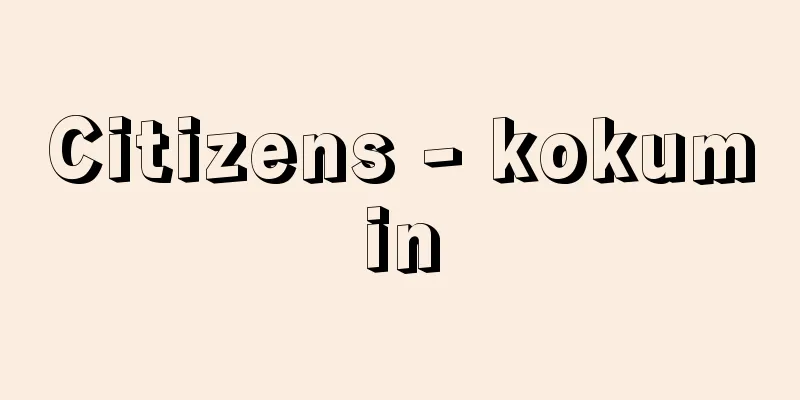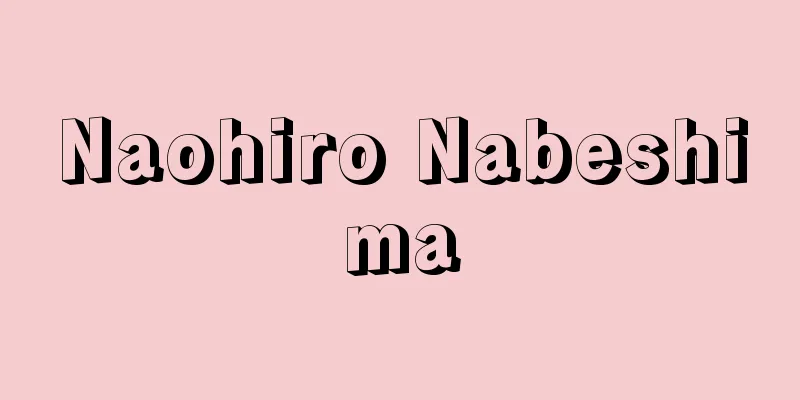Kakemamori - guardian

|
Amulets are worn around the neck to protect oneself. This refers to the amulet bag. In Christianity, it is common to see people wearing crosses or holy images around their necks, but in Japan, the main amulets are those issued by shrines and temples, and they are worn for various purposes, such as to protect oneself, ensure safe childbirth, and ward off disasters. As an example, let's take the example of amulets worn by women. As Buddhism spread throughout the country, there was a belief that women's monthly water was unclean and extremely abhorrent. As a result, various taboos were created for women and the people around them, and as daily life became more complicated, these taboos became more bothersome. At such times, temples and shrines explained the taboos based on their religion, and as a solution, they issued amulets to ward off monthly water, and preached that if one wore them, they would be exempt from actions that had previously been taboo. In other words, it was okay to light a fire or draw water. Since it would liberate women, they willingly accepted the amulets, put them in a small bag, and wore them around their necks for protection. Since the items issued by temples had the Blood-Bon Sutra printed on them, it seems that many of them also served as amulets for safe childbirth. This custom continued even into the Meiji period. [Hisako Maruyama] Source: Shogakukan Encyclopedia Nipponica About Encyclopedia Nipponica Information | Legend |
|
神仏の御札(おふだ)などを首からかけて身の御守りとする。その守り袋をいう。キリスト教では十字架や聖像などを首にかけている風はよくみられるが、わが国では神社仏閣で出している御札がおもなもので、身の安全を守るため、安産のため、災厄を免れるためなど目的はいろいろあった。一例として、女性がもっていた懸守の例をあげてみよう。国内に仏教が行き渡って、女性の月水を穢(けがれ)と称して非常に忌み嫌う思想があった。その結果として女性にもまた周囲の人々にもさまざまなタブーができて、日常の生活が複雑になるにしたがってそのタブーが煩わしくなってくる。こんな際に寺社はその宗教を背景としてタブーの解説をし、その解決法として月水除(よ)けの御札を発行し、それさえ身につけていれば、従来タブーとされていた行為を免れると説いた。つまり、火をたいても、水をくんでも差し支えないというのである。女性はそれで解放されるのだから、進んで御守りを受け、小さな袋に入れて身の守りとして首にかけていた。寺院から出るものには血盆経(けつぼんきょう)などが印刷されていたので、安産の御守りを兼ねているものが多かったようである。この風習は明治時代に入ってからも続いていた。 [丸山久子] 出典 小学館 日本大百科全書(ニッポニカ)日本大百科全書(ニッポニカ)について 情報 | 凡例 |
Recommend
OE - Oi
It is an abbreviation of "Outlook Express&quo...
Mindoro buffalo (English spelling)
…Males often mate with domestic females. The Mind...
《Vorstudien zur Topologie》 (English notation) Vorstudienzur Topologie
...As described above, topology can be said to be...
Tropism
This refers to the directional movement of a plan...
Novi Sad (English spelling)
The capital of the Autonomous Province of Vojvodin...
Werner syndrome
What is the disease? Premature aging ( Souroushou...
EPDM - EPD
Ethylene propylene is an abbreviation for diene m...
Tinea cruris (Jock itch)
What is the disease? Occurs in the groin area Tin...
Eternal - Eternal
…Both Hun and Shouchun were called Ying, and it s...
Inspection of furrows - Sebikikemi
It is also called nedori inspection or tan inspec...
AK - A.K.
…But in tragic contrast to this was the Warsaw Up...
Yoshito Harada
Born: April 5, 1885 in Tokyo [Died] December 23, 1...
Alpha rice - Alpha rice
It is an instant food product that is made by imm...
Naisougata - Internal performance
One of the litigation agencies of the Muromachi Sh...
Asakura Clan
A feudal lord during the Sengoku period. His real...





![Kawafuru [Hot Spring] - Kawafuru](/upload/images/67d02d927fc44.webp)



